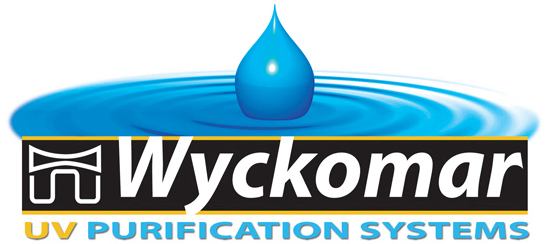Basics
H2O
A water molecule, because of its shape, is a polar molecule. That is, it has one side that is positively charged and one side that is negatively charged. The molecule is made up of two hydrogen atoms and one oxygen atom. The bonds between the atoms are called covalent bonds, because the atoms share electrons. The hydrogen atoms have one electron each.
Because they share those electrons with the oxygen atom, the electrons tend to stay close to the oxygen atom and the outside of the hydrogen atom tends to be positively charged. The oxygen atom has eight electrons. Most of those tend to stay away from the hydrogen atoms, and cause the outside of the oxygen atom to have a negative charge.
Hydrogen Bonds
When two water molecules get close together, the polar forces work to draw the molecules together. The oxygen atom of one water molecule will bond with several hydrogen atoms of other water molecules. These bonds are called hydrogen bonds.
Hydrogen bonds are not as strong as covalent bonds, but they are strong enough to bind water molecules together and give water its unique characteristics. (An analogy concerning the bonds is that the covalent bonds are like a strong glue bond while the hydrogen bonds are like the bond between two toy magnets).
Two of those characteristics are: water's great ability to dissolve materials, and water's lower density when it is frozen. At any time about 20% of the water molecules in liquid water are freed of their hydrogen bonds and able to "hydrate" other materials in the water.
The Triangular Wave treatment technology takes advantage of this unique characteristic of water, a polar molecule.
The hydrogen bonds are shown by dashed lines. Note how many of the oxygen atoms are bonded to more than one hydrogen atom. If there are more free or separate water molecules then the water will be more reactive as a solvent.
The Triangular Wave deposit control technology provides a means to break down the hydrogen bond of water without increasing the temperature; therefore the water molecules become free. The solenoid coil in the deposit control system induces a time-varying magnetic field within the pipe. This change of magnetic field, with time, causes an induced voltage. Since water is a charged particle, this energy is transferred to the water molecules, and increases their molecular kinetic energy. This increased internal energy breaks some of the hydrogen bonds, resulting in more separate water molecules and therefore increased hydration.

